
OR
Low capital spending
The Asian Development Bank (ADB) had in 2015 suggested that capital expenditure in Nepal needed to reach around 10 percent of the GDP for Nepal to be able to successfully bridge the ‘infrastructure gap’. But capital expenditure in recent times has barely hit four percent of GDP. Only by increasing the amount and quality of capital expenditure will the country meet its pressing challenges, the ADB had said. The Asian bank’s advice seems to have fallen on deaf ears. In the first two quarters of the current fiscal, only 11 percent (Rs 35 billion) of the total budgetary allocation for capital expenditure (of Rs 312 billion) has been spent. This means that planned construction of vital roads, hydropower and irrigation projects has again been pushed to the end of the year. This in turn will directly hamper economic growth and job-creation.
Interestingly, this year the annual budget was presented in the parliament a month and a half in advance of the start of new fiscal—with the sole intent of increasing capital spending. But the traditionally slow-churning wheels of Nepali bureaucracy seem to have again scuttled government plans.
So part of the delay is by default. But part of it is undoubtedly by design. Ministries put off major spending for the fiscal year-end so that in the hurry to spend, the contracts can be arbitrarily handed out to the contractors close to political parties in power. As there is little monitoring of these year-end projects, the quality of work suffers as well. Perhaps the most egregious example of this is to witness the newly-laid asphalt float, on roads across the country, in the torrent of water that buckets down during the monsoon, which coincides with the end of fiscal year. Chances are that with so little spent in this fiscal so far, most of allocated money will, in keeping with the trend, also be either frozen or spent in its final one or two months, again to disastrous results. In the ultimate irony, another reason why bureaucrats tend to sit on projects is that they had come to fear that even if they make a minor slip they could find themselves in the dragnet of the (until recently) all-powerful anti-corruption watchdog. The CIAA under Chief Commissioner Lokman Singh Karki had spread a reign of terror over senior government officials during his three years in office.
But with Karki gone, and the CIAA weakened in his wake, there are likely to be even fewer constraints on our politicians and bureaucrats to play by the book in how they spend capital budget. The country needs a strong CIAA, as an institution, and not someone’s personal fief. Besides, the long project design process and as lengthy procurement plans are the other old bugbears of vital projects in Nepal. This is also the reason Nepal is consistently ranked among the most unfriendly places to do business in the world and why Nepal will miss its target of graduating to a ‘Developing Country’ by the year 2022. Things won’t improve unless our political class is collectively committed to the development agenda and to let go of their old habit of using their office only to reward their cronies.
You May Like This
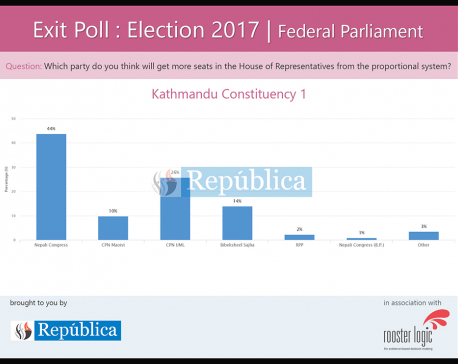
Exit poll results for Kathmandu under PR electoral system
Exit poll results for Kathmandu under PR electoral system ... Read More...
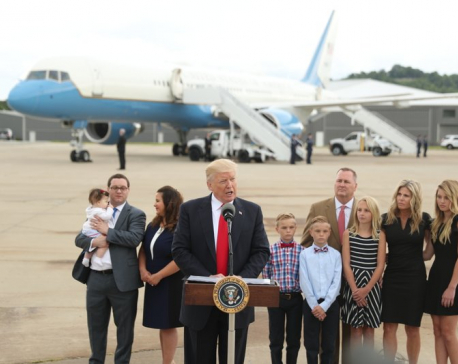
Trump promises ‘first-class’ infrastructure system for US
CINCINNATI, June 8: Dogged by allegations in Washington, President Donald Trump traveled to friendlier territory Wednesday and promised to create a... Read More...

Build a system
Nepal’s foreign policy is in a complete mess. Following last year’s border blockade, relations with India reached perhaps an all-time... Read More...


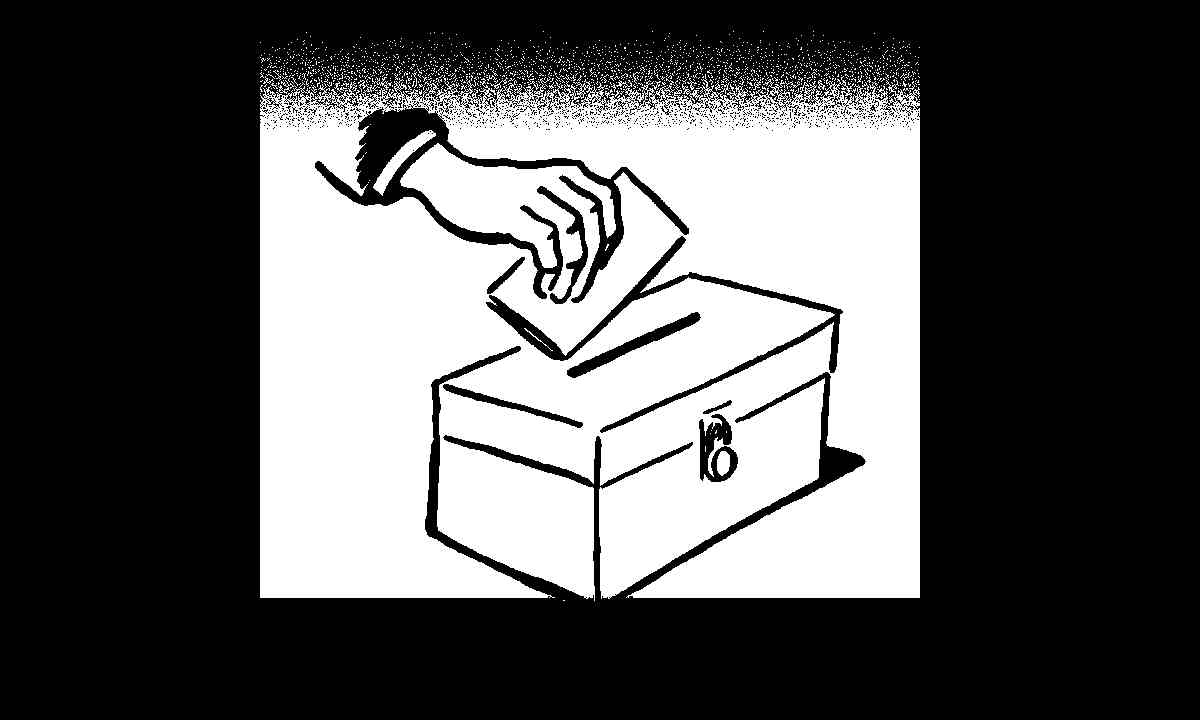

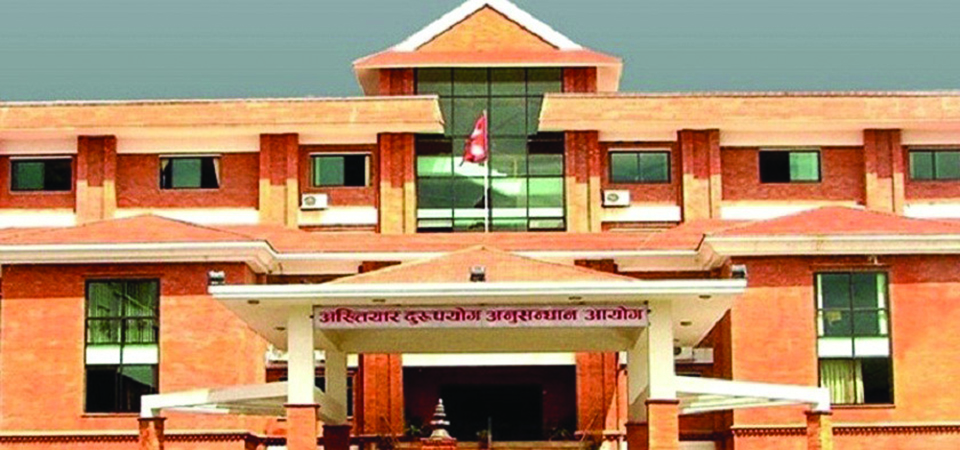
Just In
- Kathmandu continues to top the chart of world’s most polluted city
- JSP Central Executive Committee meeting today
- Ambassador Adhikari presents his letter of credentials to Turkish President Erdoğan
- Bajhang by-election: Construction of Taklakot Road is common election agenda of candidates
- Meeting of Finance Committee being held today to discuss 2025/25 budget
- Stakeholders call for transparency as Beijing pushes for early implementation of BRI projects in Nepal
- Special Court orders judicial custody for Sunil Paudel over illegal wealth acquisition charges
- District Court Rautahat sentences four individuals including Aftab Alam to life imprisonment









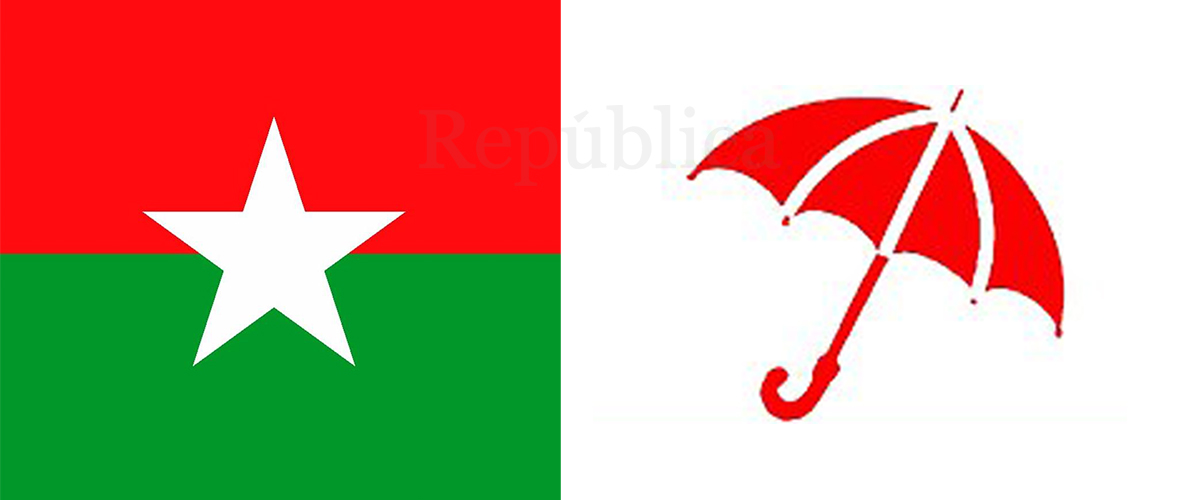
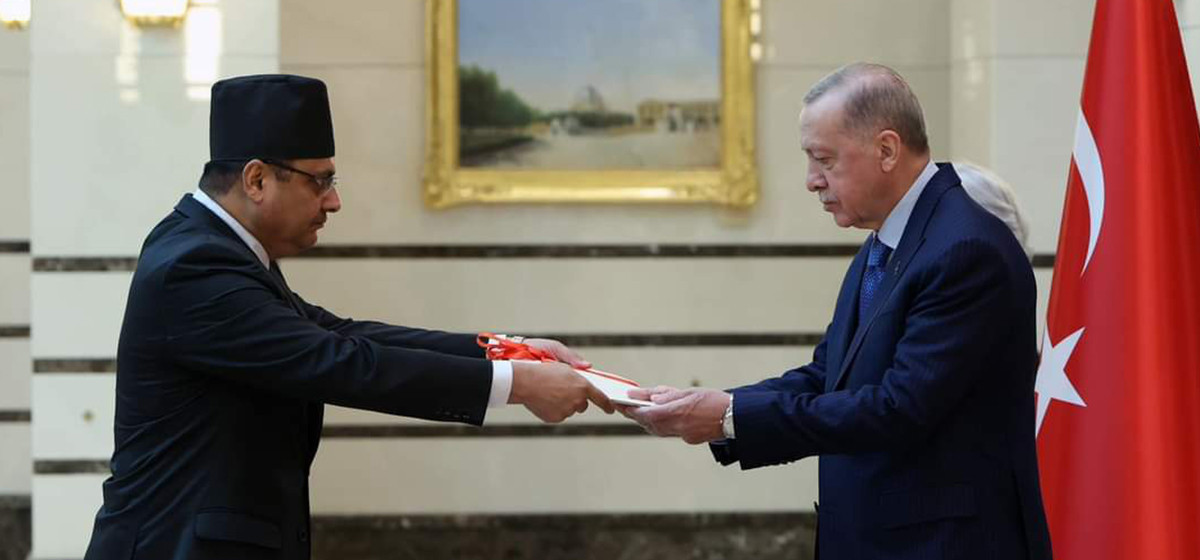
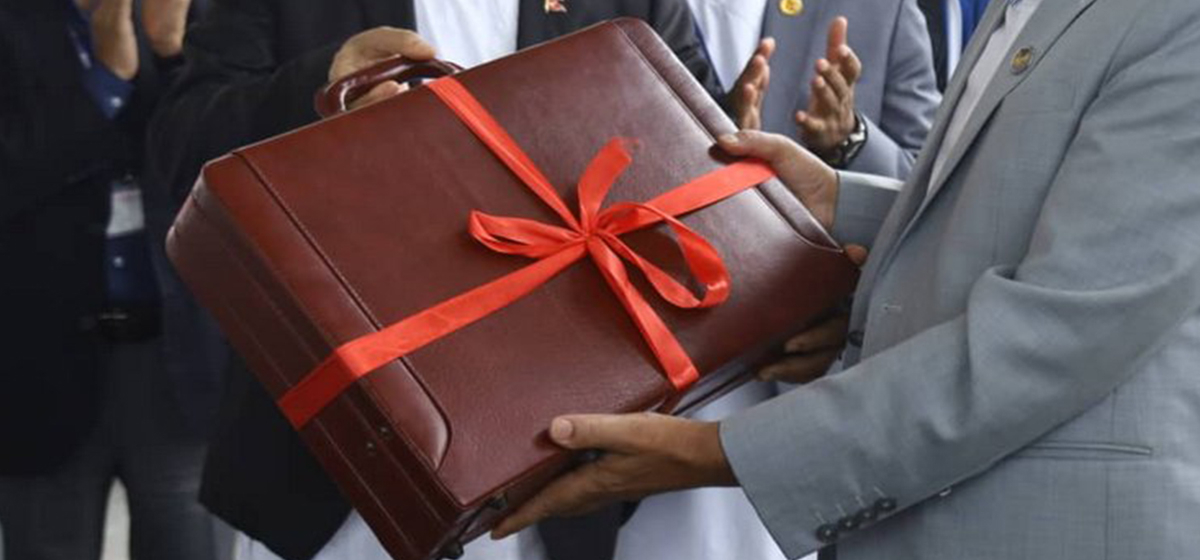

Leave A Comment